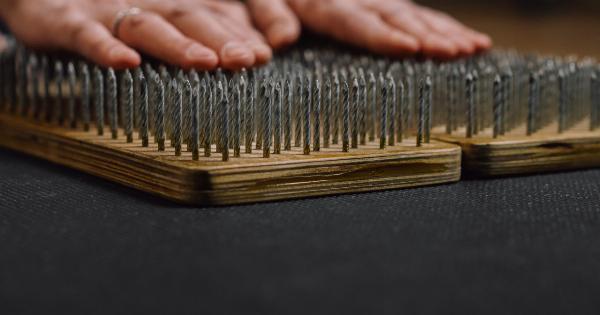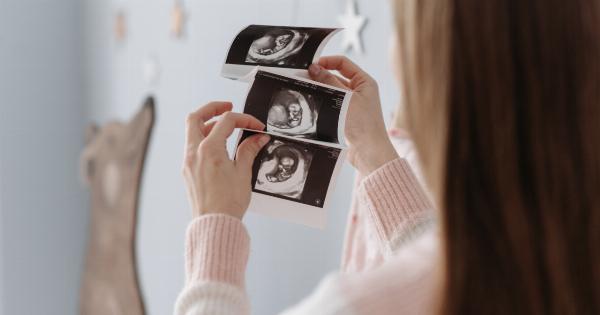Infertility affects millions of couples all over the world who are trying to have a child. When couples experience difficulty getting pregnant or carrying a pregnancy to term, they often turn to fertility treatments like in vitro fertilization or IVF.
There have been significant advances in assisted reproductive technology (ART) over the years, and one of the most recent developments in IVF is called mini IVF or minimal stimulation IVF.
Mini IVF is a less invasive and more affordable version of traditional IVF. The process of mini IVF involves using lower doses of medications to stimulate the ovaries to produce fewer eggs.
When using the traditional IVF method, higher dosages of medications are used to stimulate the ovaries to produce multiple eggs. Mini IVF aims to produce only one or two viable eggs, which reduces the risks associated with ovarian hyperstimulation syndrome (OHSS) and multiple pregnancies.
Who is a good candidate for mini IVF?
Mini IVF may be a good option for couples who are experiencing infertility but who do not want to undergo invasive procedures or take high doses of medications. Mini IVF can be ideal for women:.
- Who have been diagnosed with unexplained infertility
- Whose partners have low sperm count or poor sperm motility
- Whose age or medical conditions make them poor candidates for traditional IVF
- Who prefer a less invasive and more affordable option
Mini IVF may also be a good option for couples who have previously undergone traditional IVF but have been unsuccessful or who have experienced complications from hyperstimulation or multiple pregnancies.
How does mini IVF work?
A mini IVF cycle starts with a consultation with a fertility specialist to discuss the process, risks, benefits, and expectations.
During this consultation, the specialist will perform a physical exam to ensure that the woman’s reproductive organs are healthy and functioning correctly. They will also take a detailed medical history and discuss any medications or supplements that the woman is taking.
After the consultation, the woman will start taking low doses of medications to stimulate ovulation. These medications may include Clomid, letrozole, or both.
The woman’s ovaries will be monitored throughout the cycle using ultrasounds and blood tests to determine when the eggs are ready for retrieval.
Once the eggs are mature, they are retrieved using a minimally invasive procedure called transvaginal ultrasound-guided follicular aspiration.
The eggs are then fertilized with sperm in a laboratory, and the resulting embryos are cultured for several days before being transferred to the woman’s uterus.
What are the benefits of mini IVF?
There are several benefits to mini IVF, including:.
- Less invasive than traditional IVF
- Reduced risk of ovarian hyperstimulation syndrome (OHSS)
- Lower cost than traditional IVF
- Less medication required
- Reduced chances of multiple pregnancies and associated complications
However, it is important to note that mini IVF may not be suitable for everyone, and there are some limitations to this treatment method.
For instance, the success rates for mini IVF may be lower than traditional IVF, and it may not be recommended for women with severely diminished ovarian reserve or certain medical conditions that affect fertility.
What are the risks of mini IVF?
Like all fertility treatments, mini IVF carries some risks. Some potential risks of mini IVF include:.
- Multiple pregnancies
- Birth defects
- Miscarriage
- OHSS
- Reaction to fertility medications
- Ectopic pregnancy
It is essential to discuss the risks and benefits of mini IVF with a fertility specialist before deciding whether it is the best option for you.
Conclusion
Mini IVF can be a less invasive and more affordable alternative to traditional IVF.
It may be a suitable option for women who have been diagnosed with unexplained infertility, whose partners have low sperm count or poor sperm motility, or who prefer a less invasive option. However, it is essential to talk to a fertility specialist to determine whether mini IVF is appropriate for your situation.



























